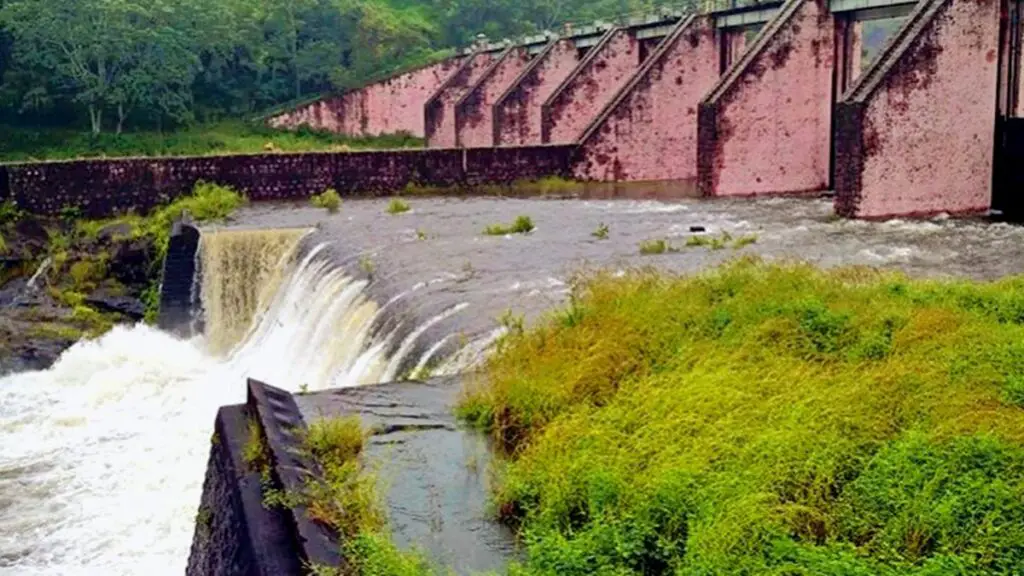Current Water Levels in Mullaperiyar and Vaigai Dams
The water level in Mullaperiyar dam is currently at 136.80 feet, below the maximum permissible level of 142 ft. The inflow stands at 716 cusecs with a discharge of 511 cusecs. Meanwhile, the Vaigai dam level is at 70.44 ft. (just below the 71 ft. limit) with an inflow of 3,575 cusecs and a discharge of 1,299 cusecs. The combined storage in the Periyar credit is 8,845.
Rainfall Data for the Past 24 Hours
Elumalai received 44.20mm of rain, with Vaigai dam recording 35mm, Sothupparai dam at 32mm, Manjalar dam at 28mm, and Peranani dam at 24mm. Other rainfall measurements include Thekkadi at 17.2mm, Mullaperiyar dam at 15.4mm, and Sathiyar dam at 15mm. The areas of Kodaikanal, Gudalur, and Shanmuganadhi dam experienced 11mm, 8.2mm, and 7.8mm of rain, respectively.
Uthamapalayam recorded 6.4mm, while Periyapatti, Veerapandi, and Mettupatti saw 4mm, 3.6mm, and 2.4mm of rain, respectively. Chittampatti, Madurai, Marudhanadhi dam, Viraganur, Melur, and Thaniyamangalam received 2.4mm, 1.8mm, 1.6mm, 1.2mm, 1mm, and 1mm of rain each.
Importance of Monitoring Water Levels and Rainfall
Monitoring water levels in dams such as Mullaperiyar and Vaigai is crucial for ensuring the safety and stability of these structures. Additionally, tracking rainfall in various regions provides valuable data for assessing water resources and potential flood risks.
Significance of Maintaining Optimal Water Levels
Keeping water levels within permissible limits is essential for preventing potential flooding and ensuring a stable water supply for agricultural, industrial, and domestic use. Proper management of water resources is vital for the sustainable development of the region.
By maintaining optimal water levels in dams and effectively managing rainfall data, authorities can mitigate the impact of natural disasters and enhance overall water security in the area.
Utilizing Rainfall Data for Water Resource Management
The recorded rainfall data plays a crucial role in planning water resource management strategies. By analyzing rainfall patterns and distribution, authorities can make informed decisions regarding irrigation, water allocation, and reservoir operations.
Furthermore, understanding the local variations in rainfall helps in devising effective flood control measures and drought preparedness, ensuring the sustainable utilization of water resources.
Conclusion
Monitoring and managing water levels in dams, along with utilizing rainfall data, are vital components of sustainable water resource management. By incorporating these measures, the region can enhance its resilience to natural disasters and optimize the utilization of precious water resources for the benefit of all stakeholders.

